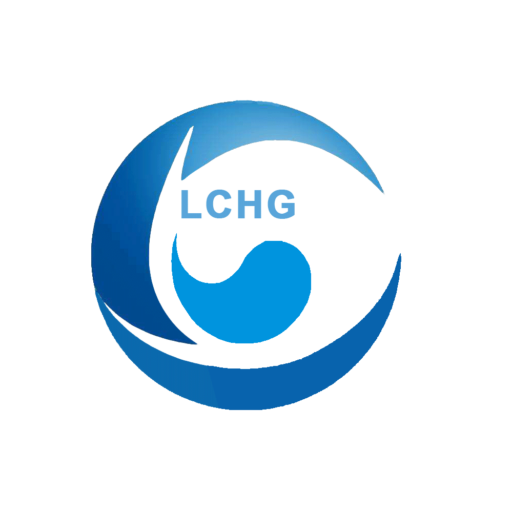Inchiostro tipografico UV - Fotoiniziatore
La stampa tipografica è uno dei primi metodi di stampa utilizzati nell'industria tipografica, con l'invenzione della stampa al collodio da parte di Bi Sheng nella dinastia Song, della stampa xilografica da parte di Wang Zhen nella dinastia Yuan e della stampa al piombo da parte di Gutenberg nel 15° secolo, tutte tipografie. Nella stampa tipografica, la parte grafica viene sollevata sulla superficie della lastra di stampa e l'inchiostro viene applicato solo sulla parte grafica e poi trasmesso direttamente al supporto. Esistono due tipi di macchine da stampa: a piattaforma e a rotazione. Il tipo a piattaforma ha la piastra di stampa come superficie piana e il rullo di stampa come cilindro, mentre il tipo rotativo ha sia la piastra di stampa che il rullo di stampa come struttura cilindrica.
3.6.1 Realizzazione di lastre per la stampa tipografica
Le lastre utilizzate per la stampa tipografica sono oggi lastre tipografiche in resina fotopolimerizzata, realizzate con resina fotopolimerizzata attraverso l'esposizione ai raggi UV e lo sviluppo. Le lastre tipografiche in resina fotopolimerizzata si dividono in due tipi: lastre tipografiche in resina fotopolimerizzata liquida e lastre tipografiche in resina fotopolimerizzata solida.
(1) Plastificazione di Toppan in resina solida fotopolimerizzata
La lastra fotopolimerica solida adotta un materiale polimerico solido per la pre-produzione della lastra fotopolimerica, la cui struttura è mostrata nella Figura 3-18.
Figura 3-18 Struttura delle lastre Toppan in fotopolimero solido
La lastra di resina solida è costituita da un polimero saturo, un agente reticolante e un fotoiniziatore. I polimeri saturi sono derivati dell'alcol polivinilico, derivati della cellulosa e poliammidi; l'agente reticolante è costituito da composti divinilici; i fotoiniziatori sono principalmente eteri di benzoino o antrachinoni. Dopo aver mescolato in modo uniforme i componenti di cui sopra, questi vengono spalmati su una base di fogli di poliestere o di alluminio con uno strato antialga e, dopo l'essiccazione, vengono trasformati in una lastra tipografica in resina fotosensibile solida. Esiste anche un componente solido in resina per lastre che viene mescolato e prodotto per estrusione.
Processo di produzione di lastre tipografiche in resina fotopolimerica solida:
Copertura del negativo → esposizione ai raggi UV → sviluppo → asciugatura → post-esposizione → lastra di stampa.
Dopo aver rimosso la pellicola protettiva in polietilene dalla lastra in resina solida, il negativo e lo strato di resina fotopolimerizzata vengono laminati sotto vuoto, esposti ai raggi UV, la parte visibile alla luce viene reticolata e polimerizzata per formare la parte grafica e la parte visibile alla luce viene rimossa nel processo di sviluppo. Dopo l'asciugatura, la seconda esposizione UV è sufficiente a solidificare completamente la lastra per migliorarne la durezza e trasformarla in una lastra da stampa.
(2) Plastificazione con resine liquide fotopolimerizzate per la stampa di lettere
La stampa in resina fotopolimerizzata liquida si riferisce allo stato liquido della resina prima della sensibilizzazione, mentre la stampa in resina diventa solida dopo la sensibilizzazione. La versione liquida della resina fotopolimerizzata è costituita principalmente da poliestere insaturo e acrilato di poliuretano, agente reticolante per bis-alcheni insaturi o alcheni, fotoiniziatori principalmente di classe etere di benzoino. Il processo di produzione delle lastre tipografiche in resina fotopolimerizzata liquida è (vedi Figura 3-19):
Rivestimento con resina fotopolimerizzante → esposizione ai raggi UV del fronte e del retro → sviluppo → asciugatura → post-esposizione → lastra di stampa
Figura 3-19 Processo di produzione delle lastre per la stampa tipografica con fotopolimero liquido
Le lastre tipografiche in resina fotopolimerica solida e le lastre tipografiche in resina fotopolimerica liquida sono state ampiamente utilizzate negli anni '70 e '90 per la stampa di giornali e riviste, etichette, carta da imballaggio e carta intestata. Tuttavia, a causa della bassa risoluzione delle lastre, della bassa resistenza alla stampa e della scarsa qualità di stampa, sono state gradualmente sostituite dalla stampa offset e dalla stampa flessografica e sono uscite dalla storia della stampa.
Contattateci ora!
Se avete bisogno di Price, inserite i vostri dati di contatto nel modulo sottostante; di solito vi contatteremo entro 24 ore. Potete anche inviarmi un'e-mail info@longchangchemical.com durante l'orario di lavoro (dalle 8:30 alle 18:00 UTC+8 lun.-sab.) o utilizzare la live chat del sito web per ottenere una risposta immediata.
